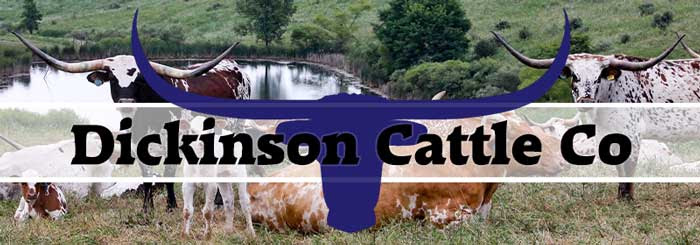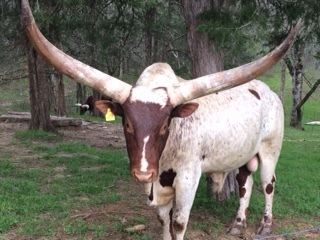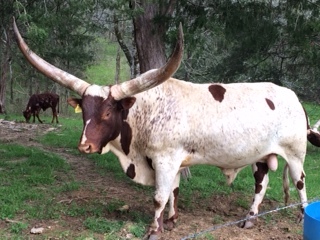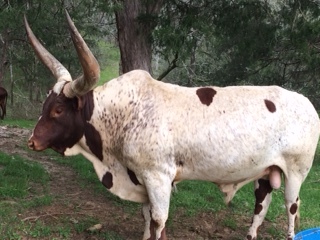On September 25 the World Watusi Association Board of Directors held their annual reorganization meeting in conjunction with the Lolli Bros. Exotic Animal Sale in Macon, Missouri. We had a packed list of agenda items to address. The results of the election for the Board were announced with the winners being Pat Burnett, Matt Moffat and Brian Sims. We all want to extend our congratulations to each member. The annual election for the Officer’s for the 2019 through 2020 year resulted in Blake Edwards, President: Garret Judd, Vice-President: Cindi Darling, Secretary and Barry Retchloff, Treasurer. All the contact information for the Board and Officers can be found on this website.
We wish to thank Pat Burnett for his previous years of serving as our President and Sheri Gurr for her tireless service as our Treasurer and director. As you all know this is a volunteer organization of non-compensated individuals and we are very lucky to have all of these people willing to serve and donate their time.
We will be covering all of the items addressed at our various meetings and will be addressing possible By Law changes that all of us must agree upon with our next vote.
One of the major items that was passed at this meeting is a temporary change in the Lifetime Membership fees. This fee is presently a one time charge of $500.00. The Board was asked to address this item and has implemented a new one time fee of $250.00 to be in effect from September 25, 2019 through February 1, 2020. When you receive your reminder of 2020 dues we will remind all members of this option. We sincerely hope that many of our members will take advantage of this opportunity.








 Foundation Pure Watusi Bull Registration # WWAFP4169 Rockin Gladiator, We call him Rocky!
Foundation Pure Watusi Bull Registration # WWAFP4169 Rockin Gladiator, We call him Rocky!
